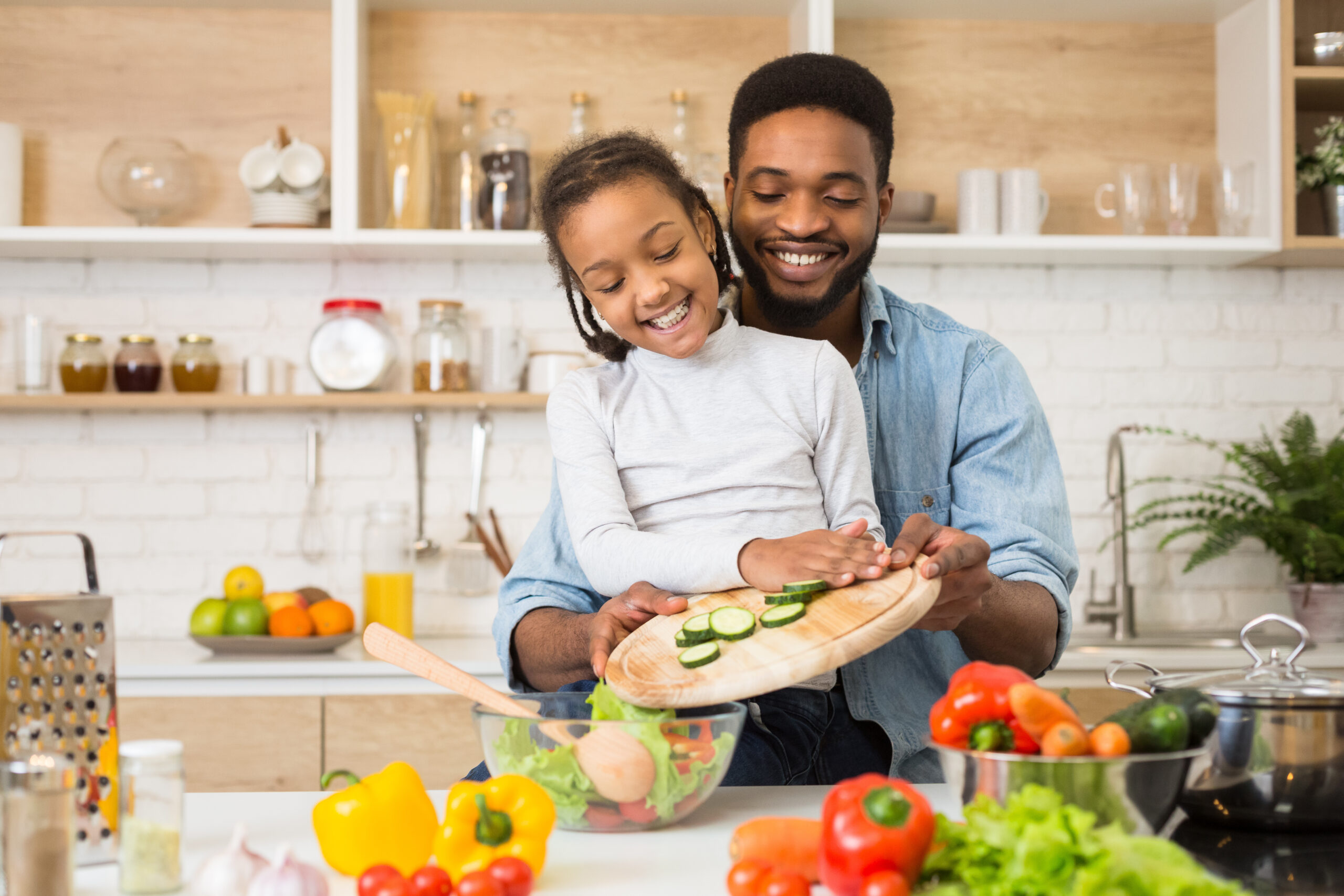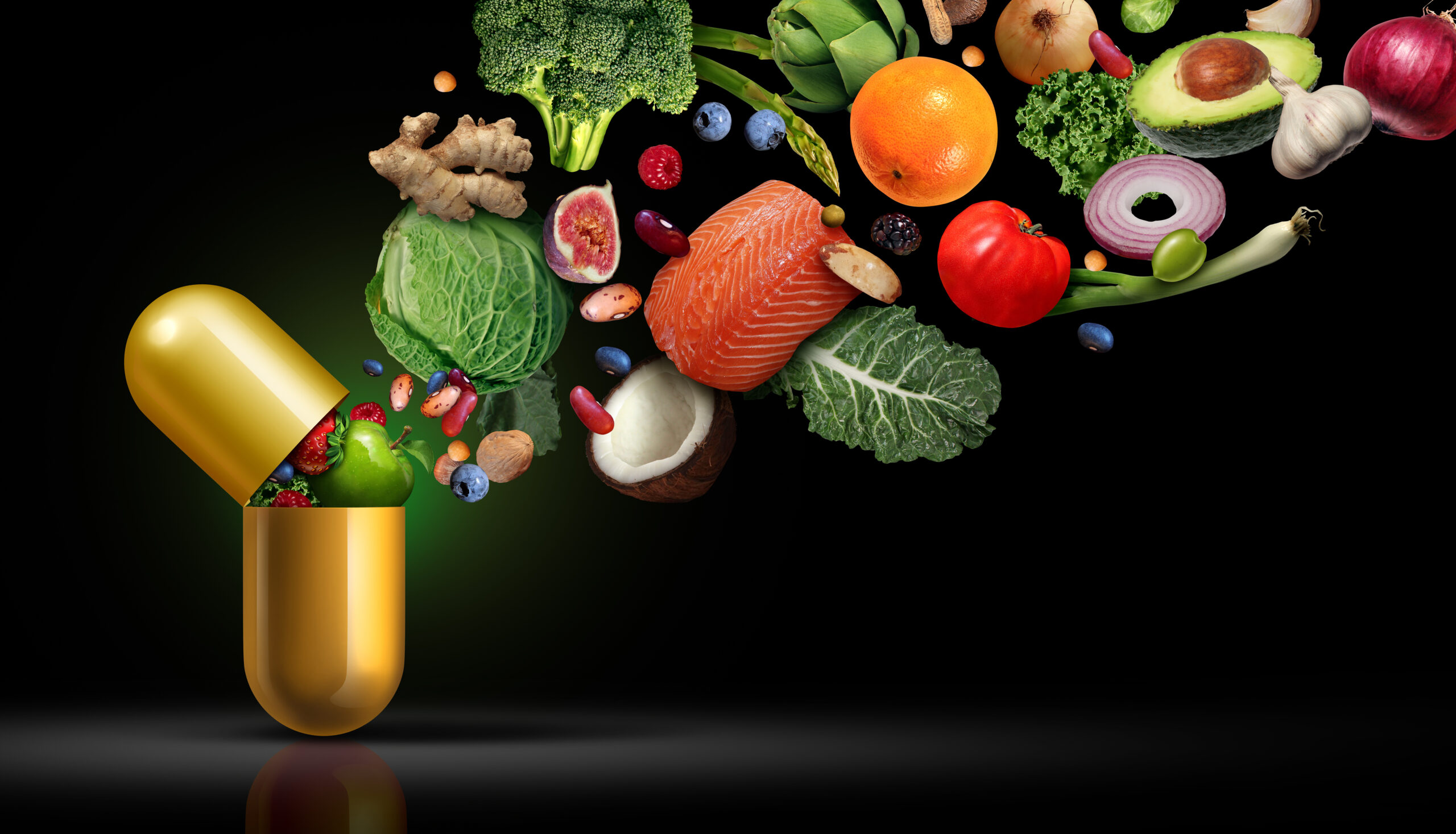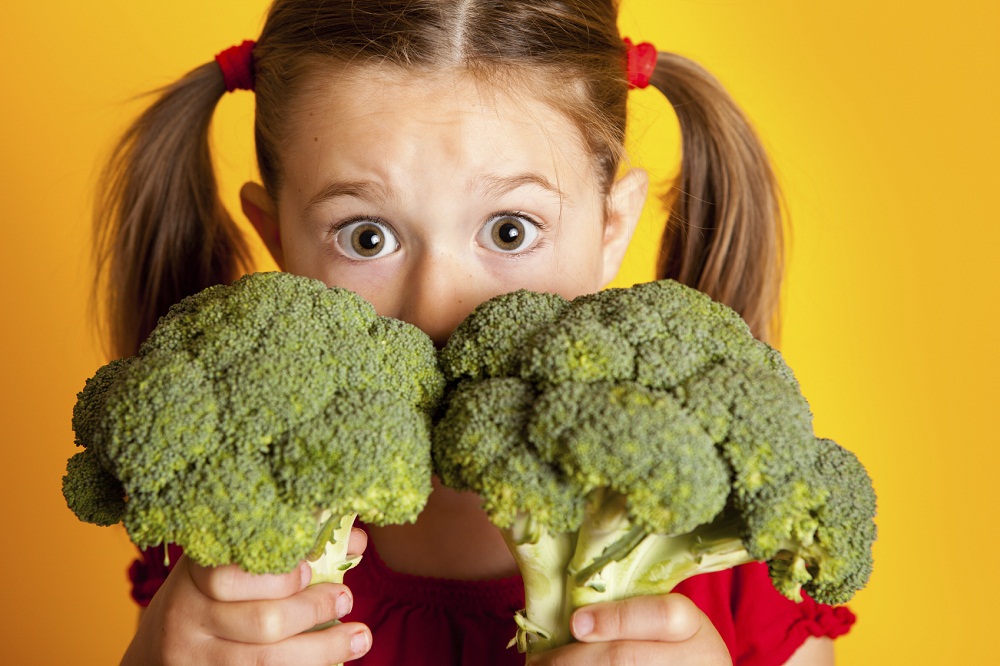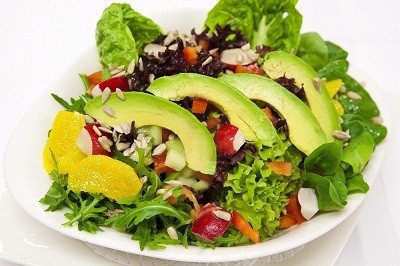What if we tackle child obesity like we tackled the COVID 19 pandemic? My interview on KevinMD here

Building Wellness Into The Next Generation
by admin

What if we tackle child obesity like we tackled the COVID 19 pandemic? My interview on KevinMD here

by admin

My talk with Dr. Sybil Pentsil about including vitamins, minerals and other nutritional support in your arsenal in the era of COVID19
by admin

“How do I get my child to eat more fruits & vegetables?”
Parents ask me this question all the time. Here are 7 ways to make it happen:
Always give vegetables with meals. Children sometimes need to be exposed to a food 15 to 20 times before they accept it, so don’t give up.
Make sure your child sees you eating the fruits and vegetables you want your child to eat.
Puree vegetables and hide them into foods they already like to eat. For example, pureed cauliflower in mashed potatoes or pureed squash in macaroni and cheese or pureed blueberries and spinach in brownies (I’ve done all these). For lots more of these ideas, get the book, The Sneaky Chef by Missy Chase Lapine
Make it playful. Cut the veggies into fun shapes or make “crazy fries” out of vegetables other than potatoes.
Don’t give substitutes. If your child refuses to eat the food you provided, put the food away and offer it again later. Don’t substitute something less healthy that you know they’ll eat instead.
Have fruits and vegetables conveniently ready when your child is hungry. Have bananas sitting out on the table or carrots cut up in small baggies ready to eat.
Don’t stress out. Your child will not starve. Keep the long term goal in mind to make your child a healthy eater.
by admin

Some foods are simply superstars when it comes to nutrients: watermelon for example.
The Center for Science in the Public Interest lists watermelon as one of the top ten best foods to eat. Since summer’s almost over, take advantage of these last few weeks to enjoy watermelon while it’s in season. Watermelon is high in vitamin A and vitamin C. It’s also a good source of potassium, which is sorely lacking in the American diet today (Americans are eating only about ½ the recommended amount of potassium daily). Finally, it’s a great source of lycopene, a carotenoid which has anti-oxidant, cancer fighting properties.